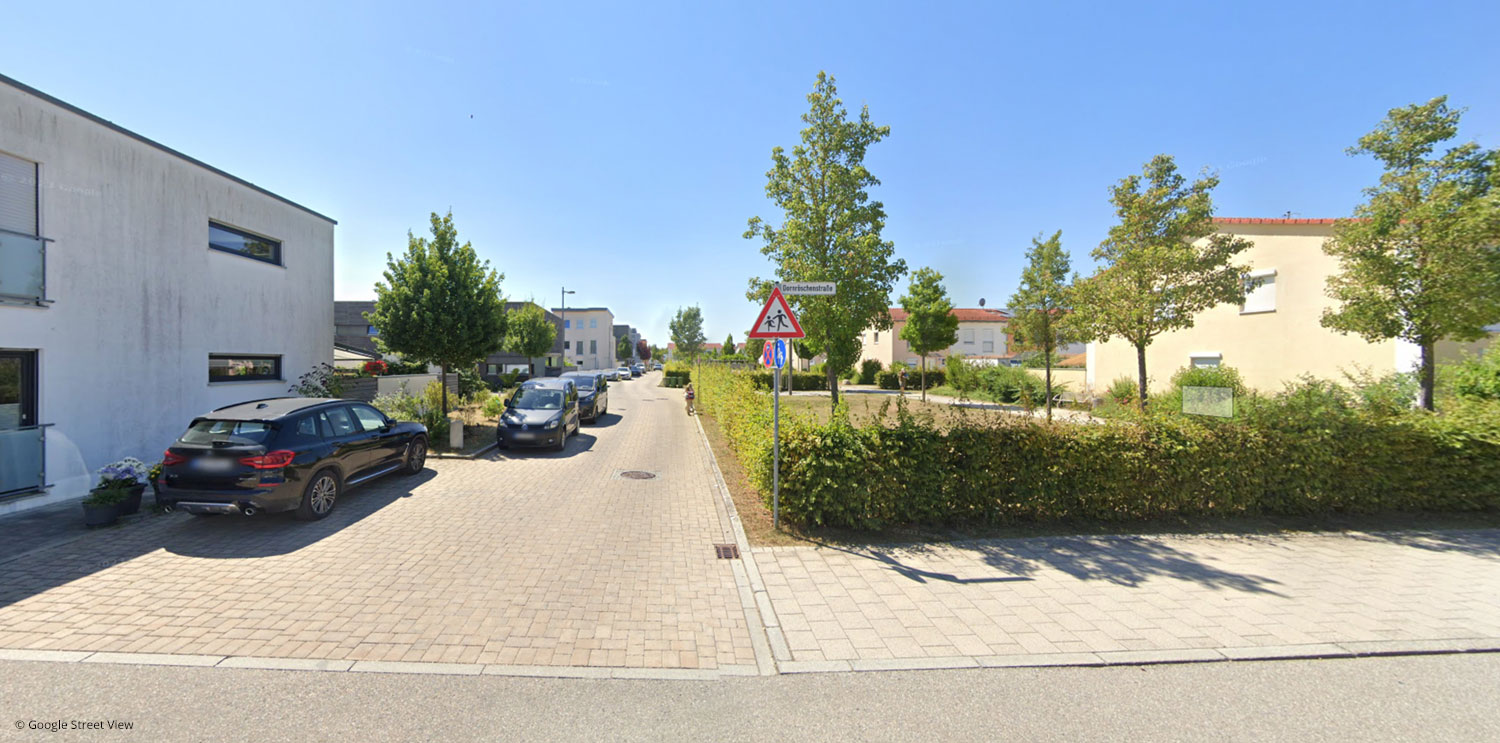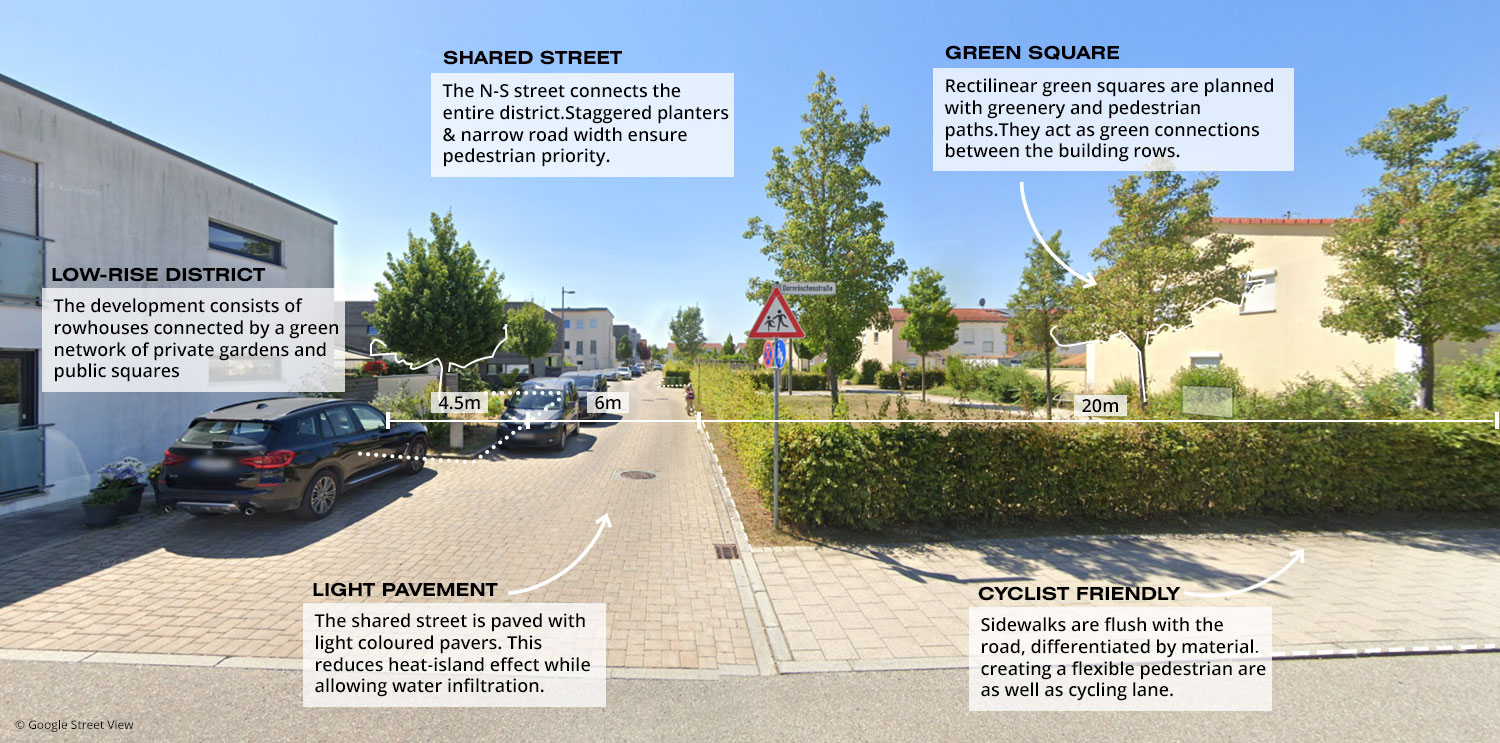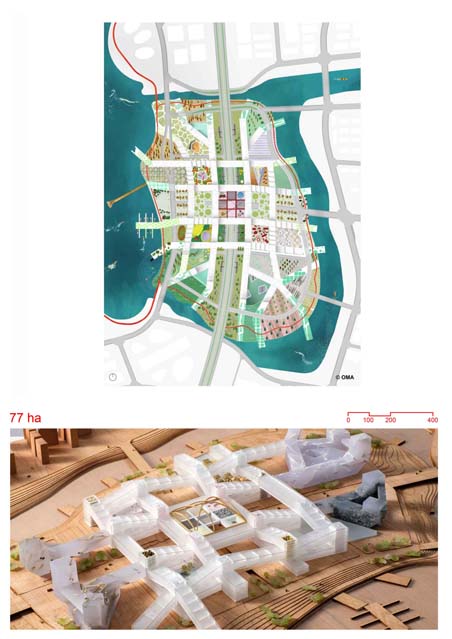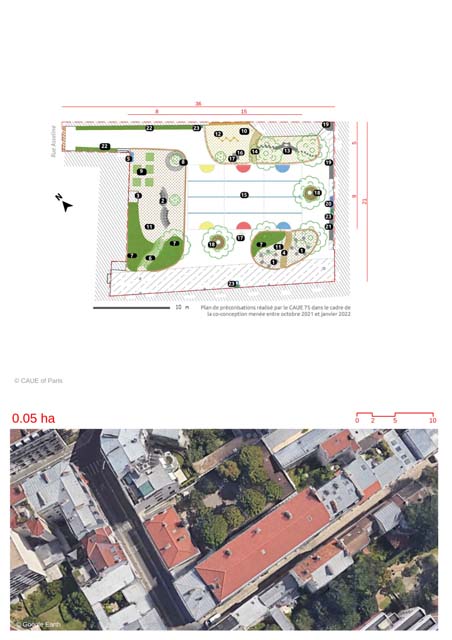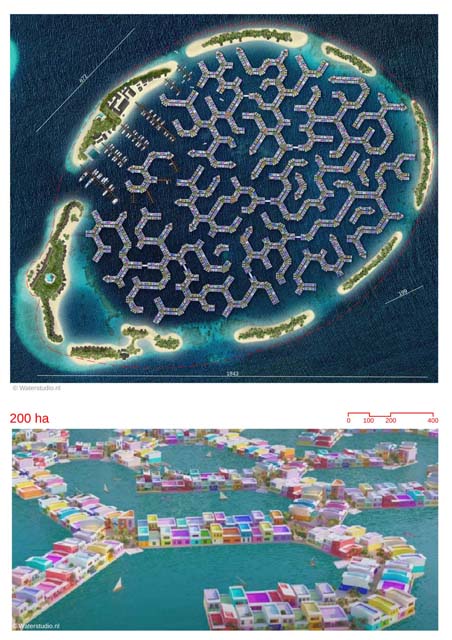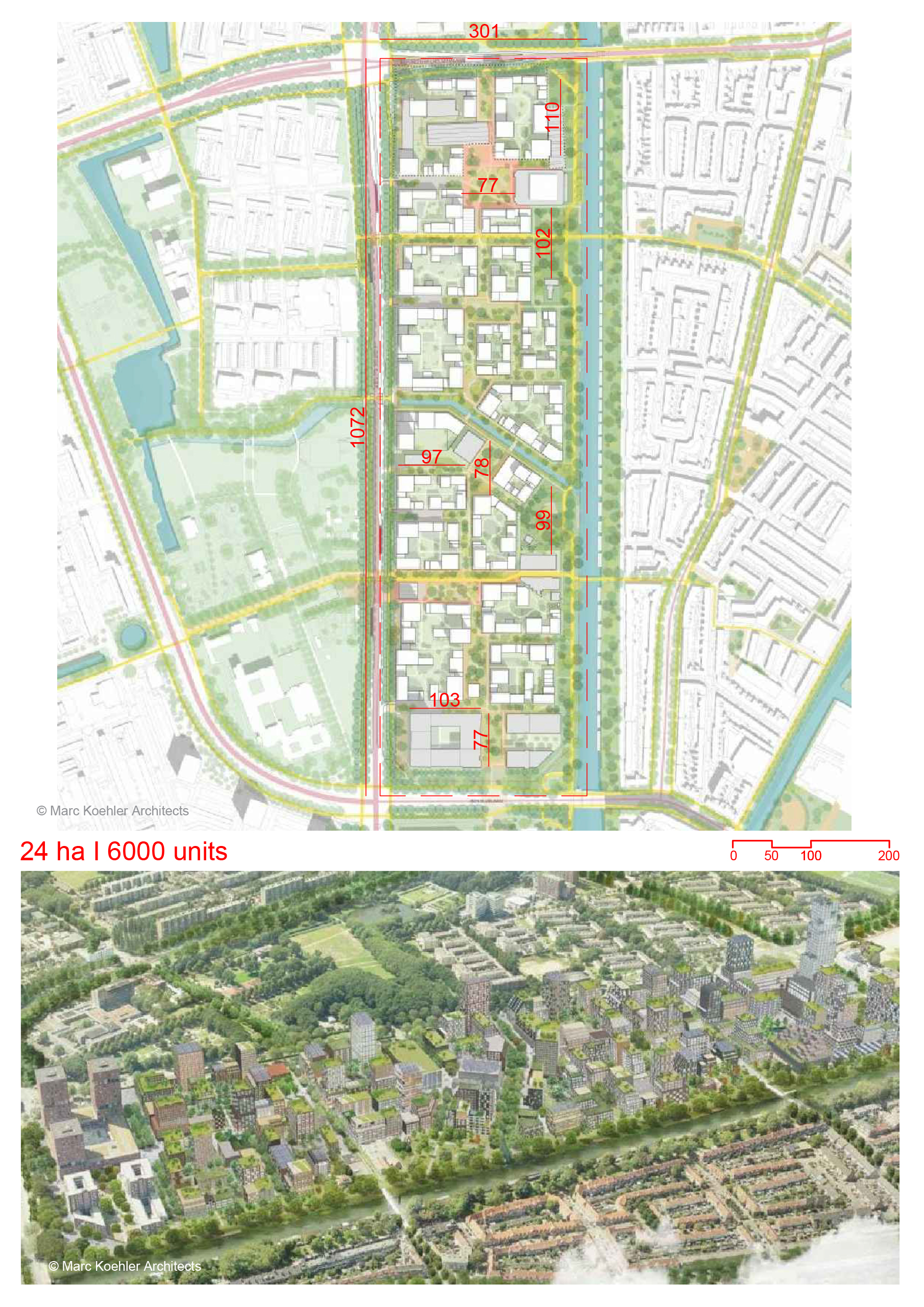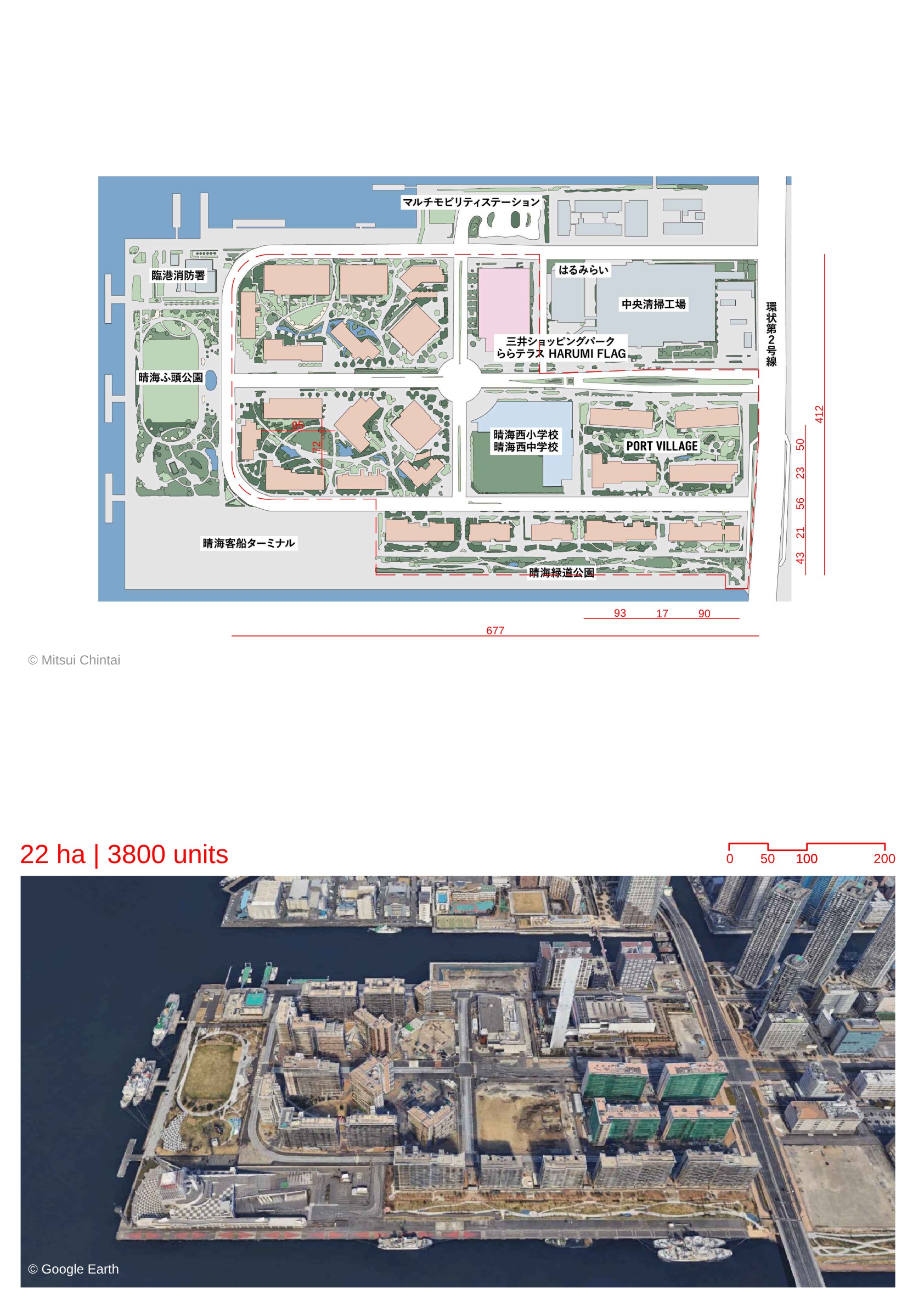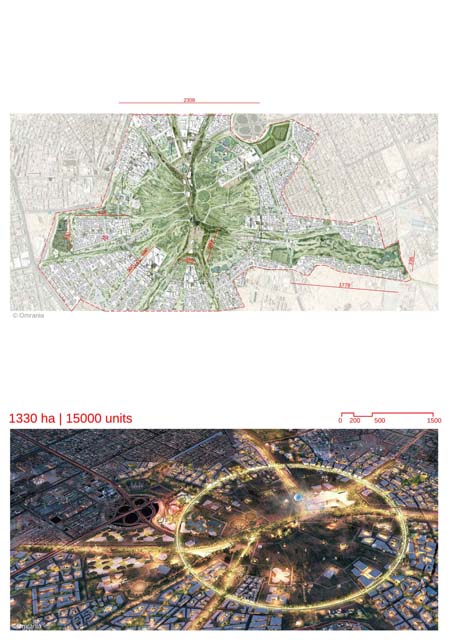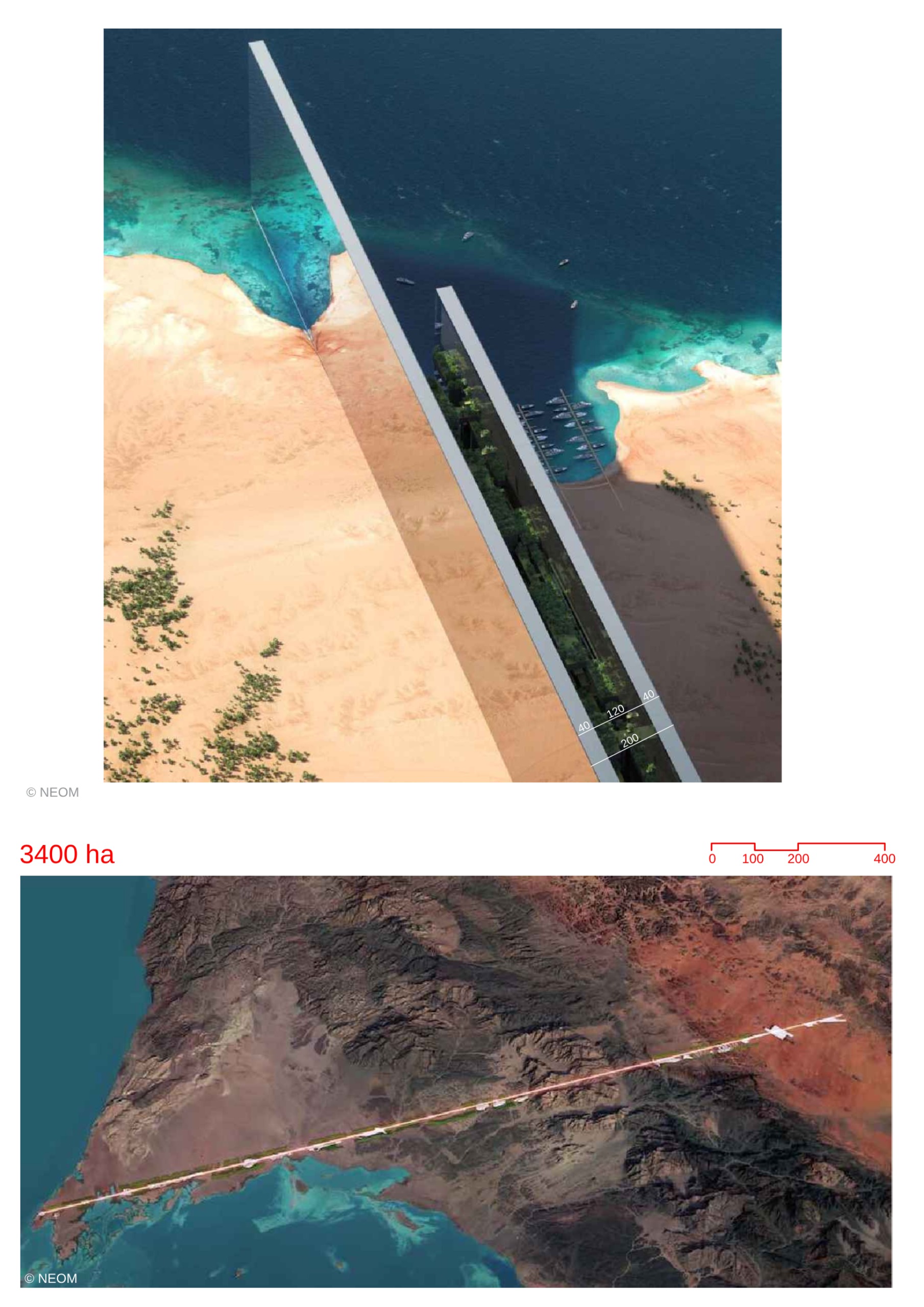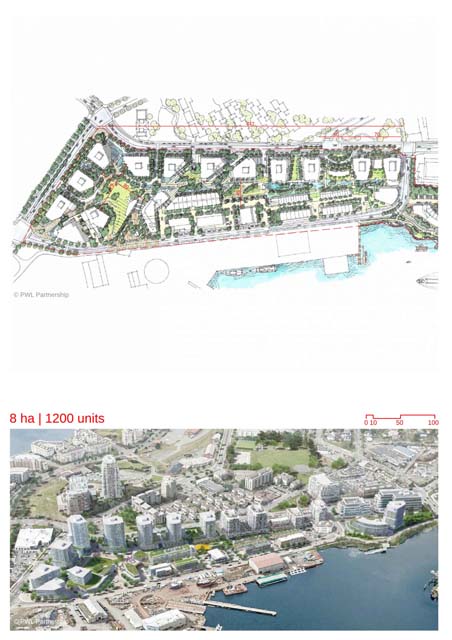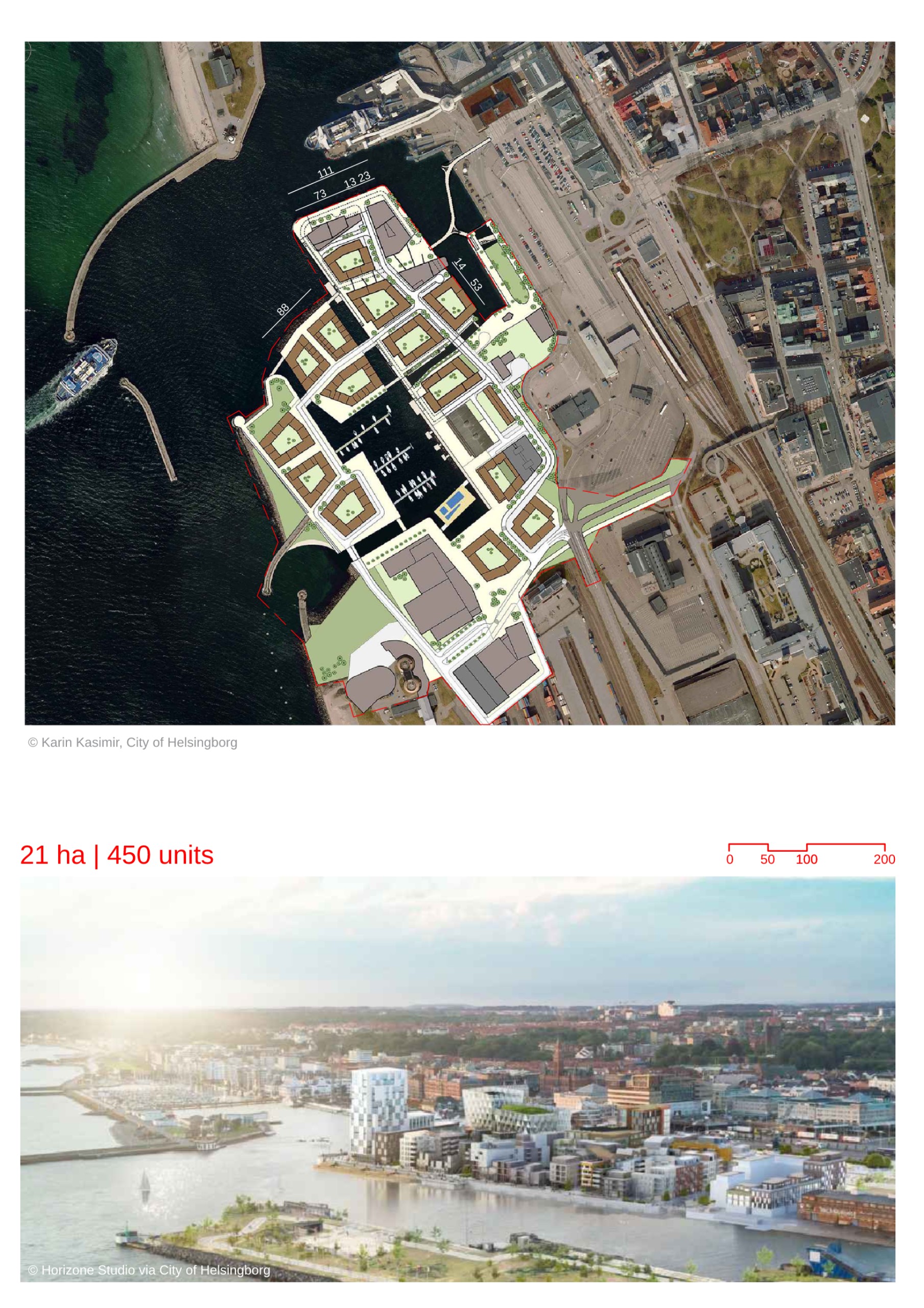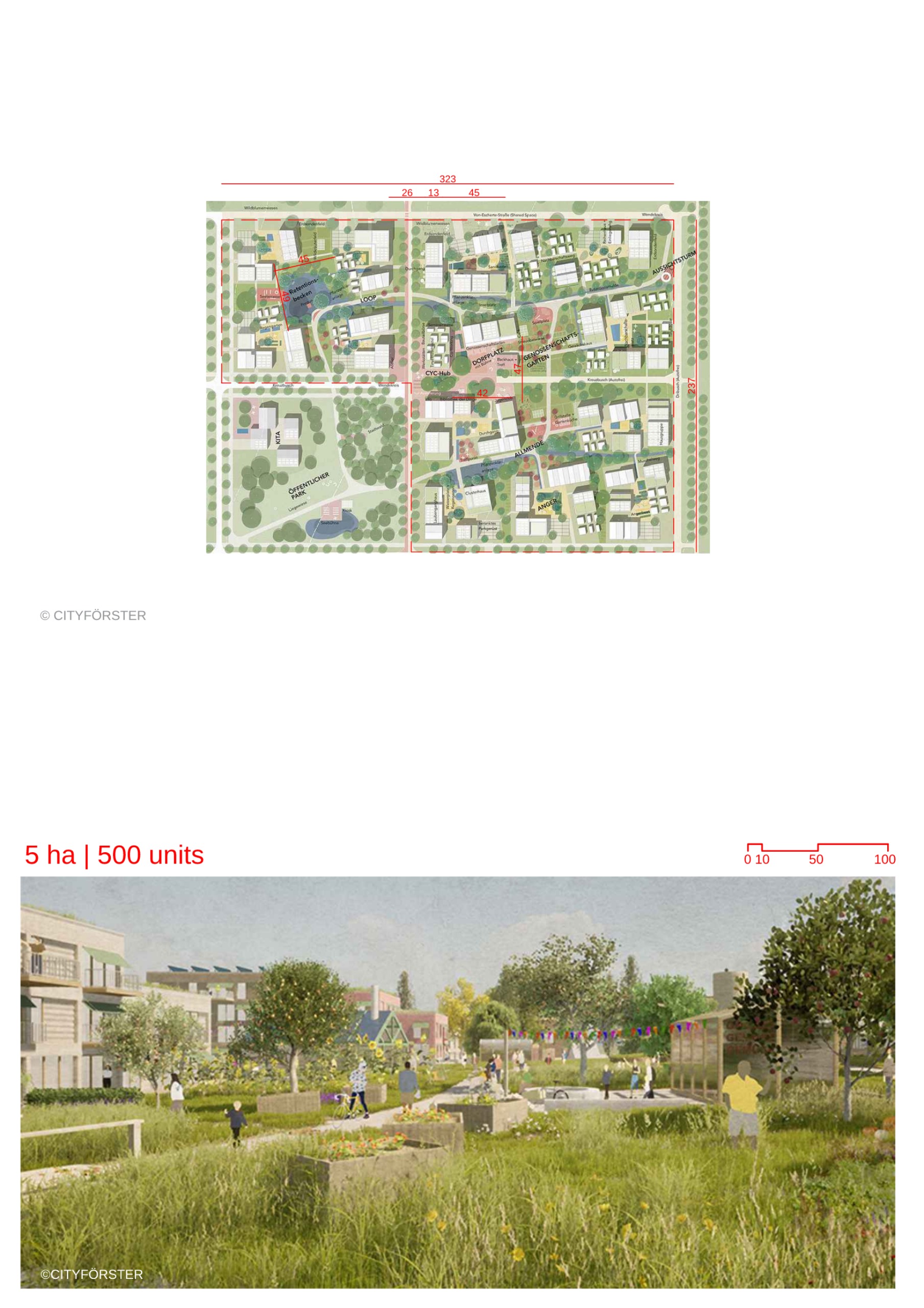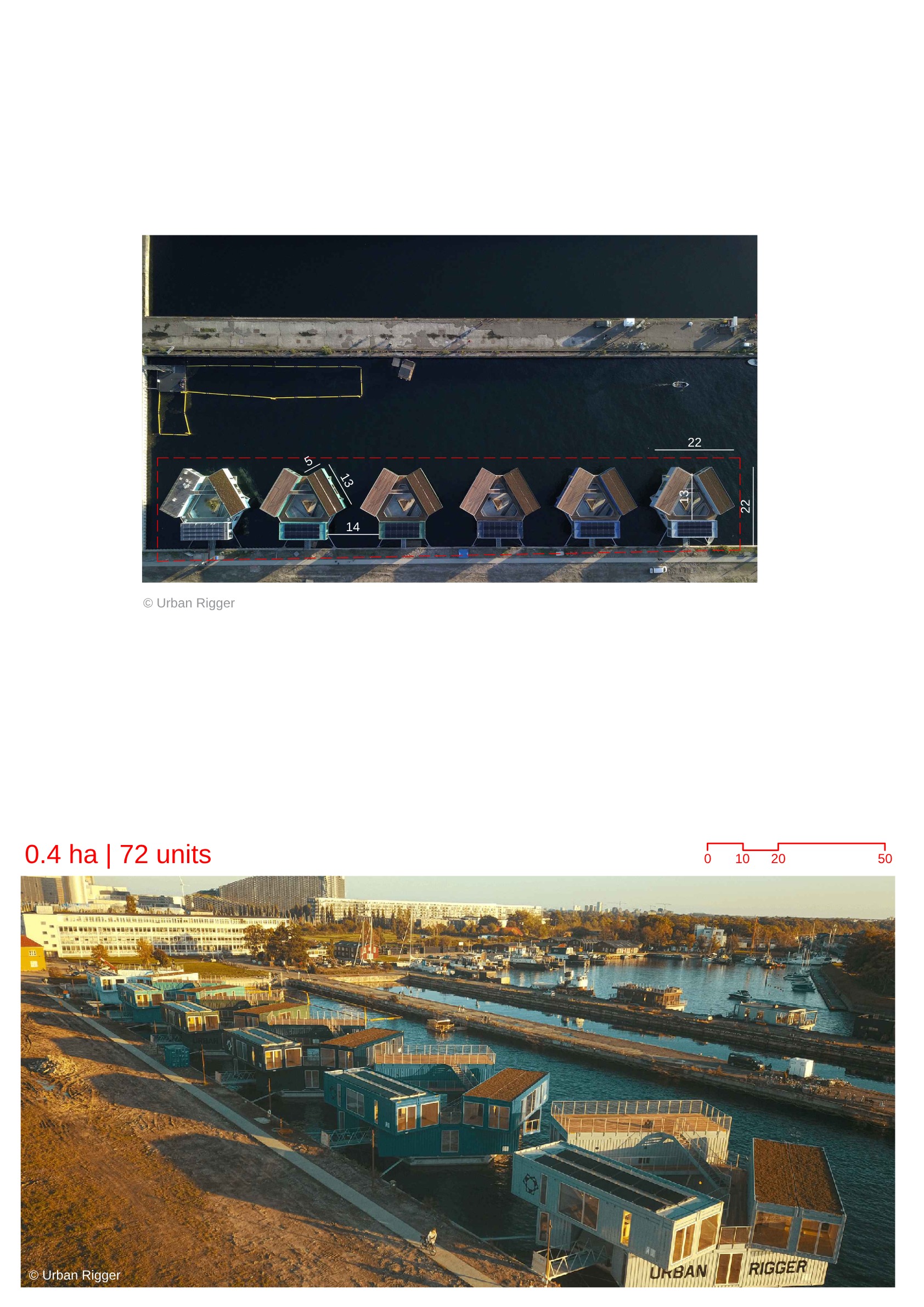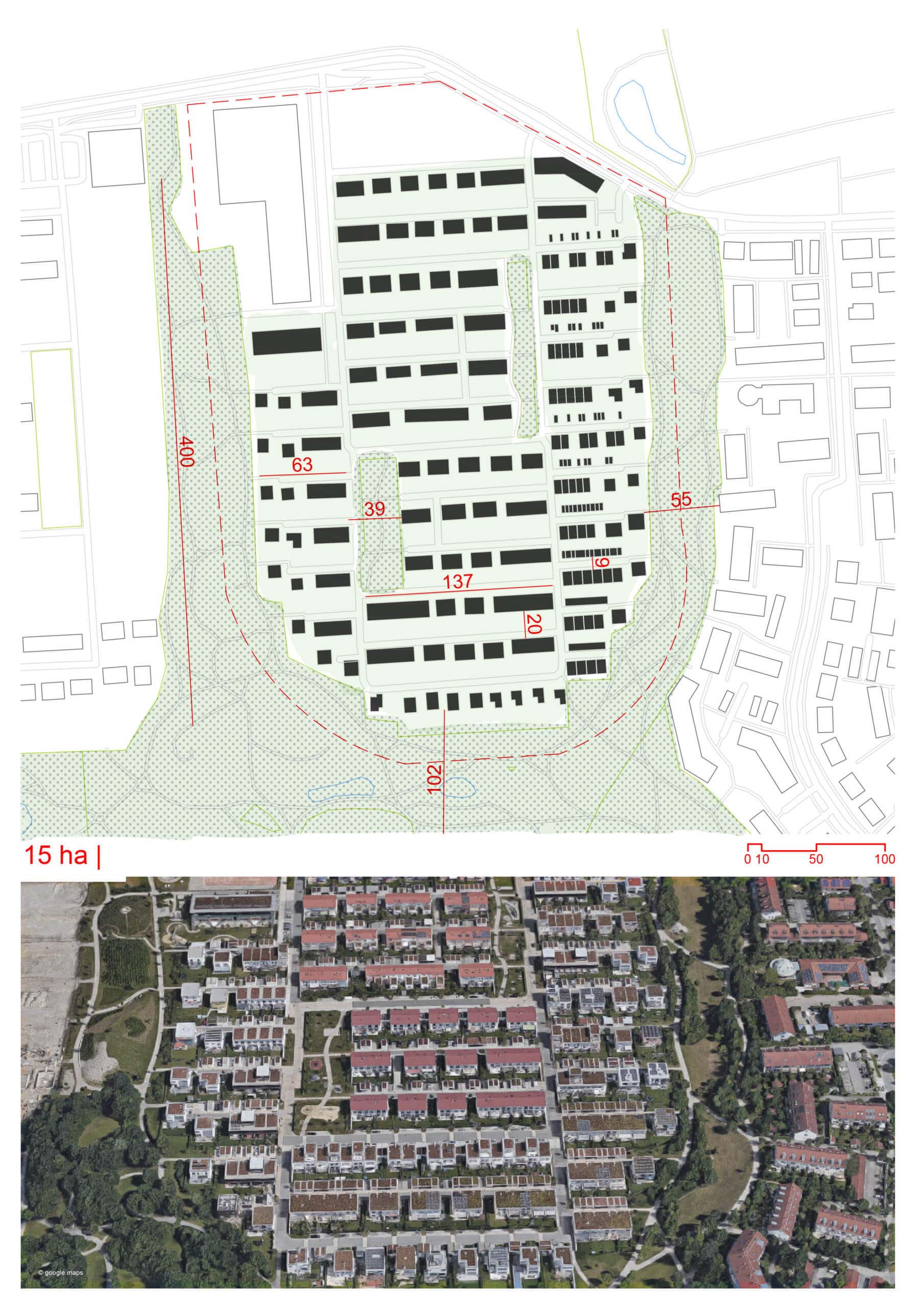
Details
Views:
327
Tags
Data Info
Author
ZWISCHENRÄUME
City
Poing
Country
Germany
Year
2008
Program
Residential development
Technical Info
Site area
150000 sqm
Gfa
0
sqm
Density
0 far
Population density
0
inh/ha
Home Units:
0
Jobs
0
Streetsroad:
0
%
Buildup:
0
%
NonBuild-up:
0 %
Residential
0 %
Business
0
%
Commercial
0
%
Civic
0
%
Description
- Located in Poing, Germany, about 20 km east of Munich, this development by ZWISCHENRÄUME covers 150,000 sqm and features a low-rise residential district.
- The urban design employs a simple linear structure for residential buildings, with south-facing orientation and generous distances to optimize solar energy use.
- The development includes various housing types, such as semi-detached houses, houses with courtyards, terraces, and townhouses, offering floor spaces ranging from 118 to 159 sqm.
- Housing blocks are designed to have large, light-flooded rooms with terraces and gardens facing south.
- The area includes public facilities and a shopping center, located on the edge of the district.
- The architecture is guided by natural materials.
- South-facing orientation of buildings is optimized for solar energy use.
- Green infrastructure includes rectilinear green squares and shared gardens that act as green connectors between the building rows.
- Light-colored pavement to mitigate the urban heat island effect.
- Design allows for water infiltration.
Site and Urban Design
Housing and Layout
Sustainability Features
Location
Streetscapes
Explore the streetscapes related to this project
|
Sources
Explore more Masterplans
|
